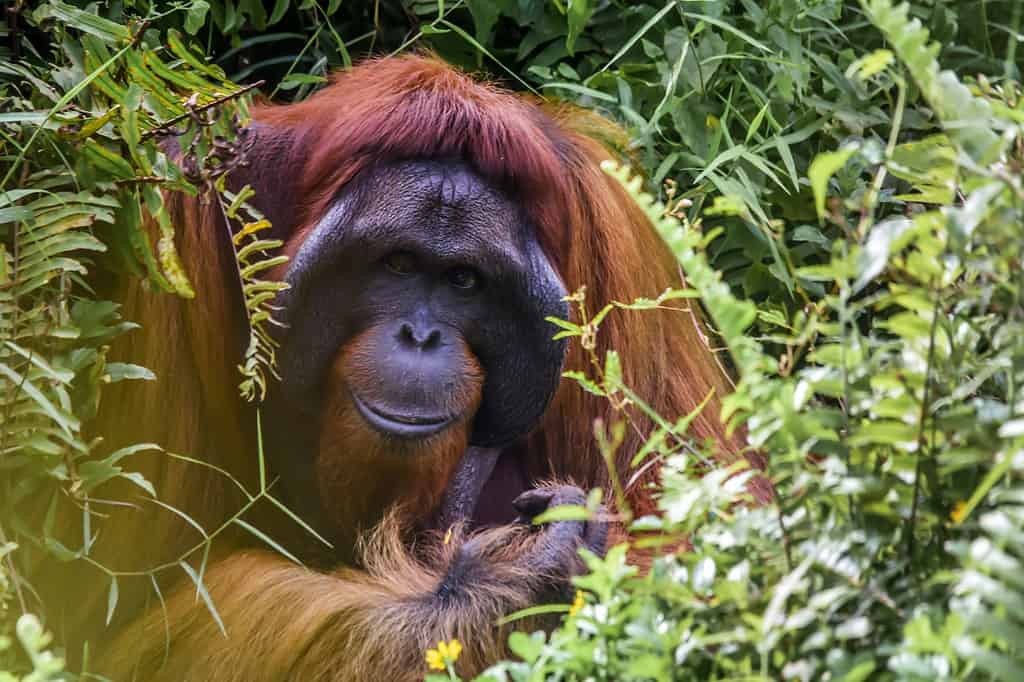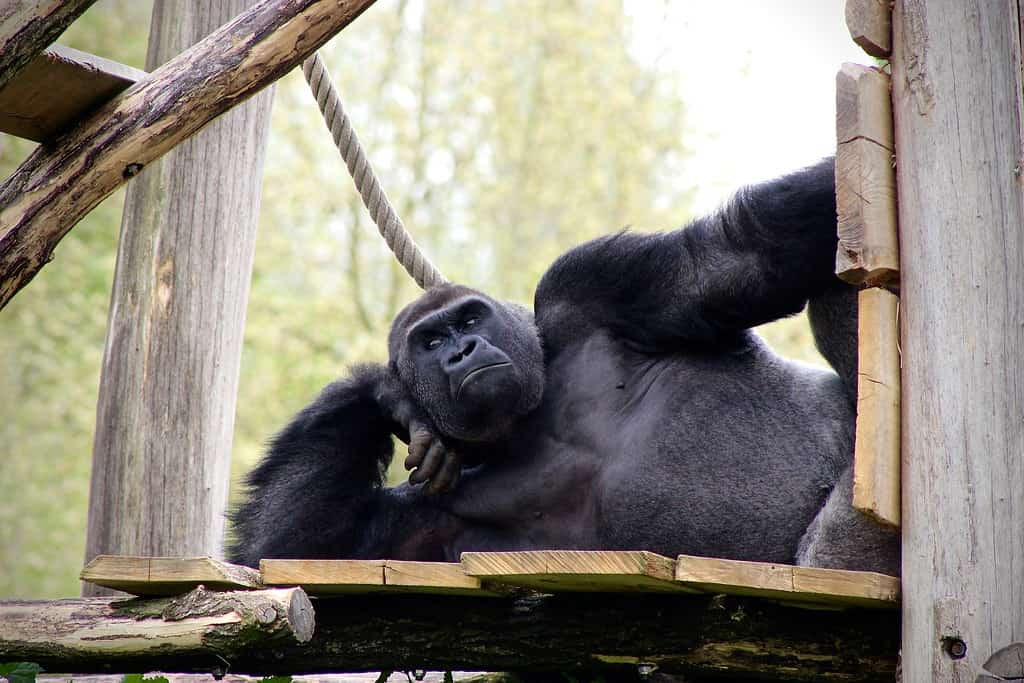Joking and teasing are integral to human social interaction, and they’re often considered a sign of being social and even intelligent. Because humor relies on complex cognitive skills such as understanding social norms and anticipating others’ reactions, it was initially thought that this is a uniquely human behavior.
But new research suggests otherwise. Great apes also seem to engage in playful teasing, indicating similar cognitive capacities. In fact, ape humor seems surprisingly similar to ours.

Teasing apes
Several non-human species exhibit vocalizations that sound similar to human laughter; in fact, according to one study, there are 65 species that laugh. But it’s a long way to go from laughing (or something that sounds like laughing) to actual humor.
“Great apes are excellent candidates for playful teasing, as they are closely related to us, engage in social play, show laughter and display relatively sophisticated understandings of others’ expectations,” says Isabelle Laumer a post-doctoral researcher at UCLA and the first author of the study.
Laumer and colleagues observed groups of bonobos, orangutans, gorillas, and chimpanzees at various zoos, utilizing a video corpus for detailed analysis. They looked at bodily movements, facial expressions, and how the targets of the teasing responded in turn.
After gathering the data, the researchers developed a behavioral coding system to identify teasing events, focusing on interactions that were playful, provocative, and devoid of aggression. This approach allowed for a nuanced understanding of how apes engage in teasing.
The team found that all of the four studied great apes (orangutans, chimps, bonobos, and gorillas) engage in intentionally provocative behavior. The team then split all of them into 18 distinct behaviors, most of which were aimed at drawing attention from a partner.
“It was common for teasers to repeatedly wave or swing a body part or object in the middle of the target’s field of vision, hit or poke them, stare closely at their face, disrupt their movements, pull on their hair or perform other behaviors that were extremely difficult for the target to ignore,” explains UCLA and IU professor Erica Cartmill, senior author of the study.
More than just play

The authors emphasize that this is more than just play. Sure, it has some common characteristics, but it’s more than just that.
“Playful teasing in great apes is one-sided, very much coming from the teaser often throughout the entire interaction and rarely reciprocated,” explains Cartmill. “The animals also rarely use play signals like the primate ‘playface’, which is similar to what we would call a smile, or ‘hold’ gestures that signal their intent to play.”
So what’s ape humor like, then?
According to scientists, it’s a bit like how children tease each other. They do it for themselves, but they also do it to draw attention.
“Similar to teasing in children, ape playful teasing involves one-sided provocation, response waiting in which the teaser looks towards the target’s face directly after a teasing action, repetition, and elements of surprise,” Laumer explains.
This also carries some evolutionary significance as well. Because humor evolved in humans and our closest relatives, it’s likely that our common ancestor actually had humor as well.
“From an evolutionary perspective, the presence of playful teasing in all four great apes and its similarities to playful teasing and joking in human infants suggests that playful teasing and its cognitive prerequisites may have been present in our last common ancestor, at least 13 million years ago,” explains Laumer. “We hope that our study will inspire other researchers to study playful teasing in more species in order to better understand the evolution of this multi-faceted behavior. We also hope that this study raises awareness of the similarities we share with our closest relatives and the importance of protecting these endangered animals.”
While this research provides valuable insights, it is limited by its focus on zoo-housed apes and the challenges of video analysis. Future studies will explore playful teasing in wild populations and across a broader range of contexts, to deepen our understanding of its social and cognitive dimensions.
Nevertheless, it’s exciting to know we’re not the only ones who enjoy some good humor. As Laumer says, this just goes to show how similar we are to our closest relatives. If that’s not a reason to protect them, then what is?
The study was published in the journal Proceedings of the Royal Society B.









